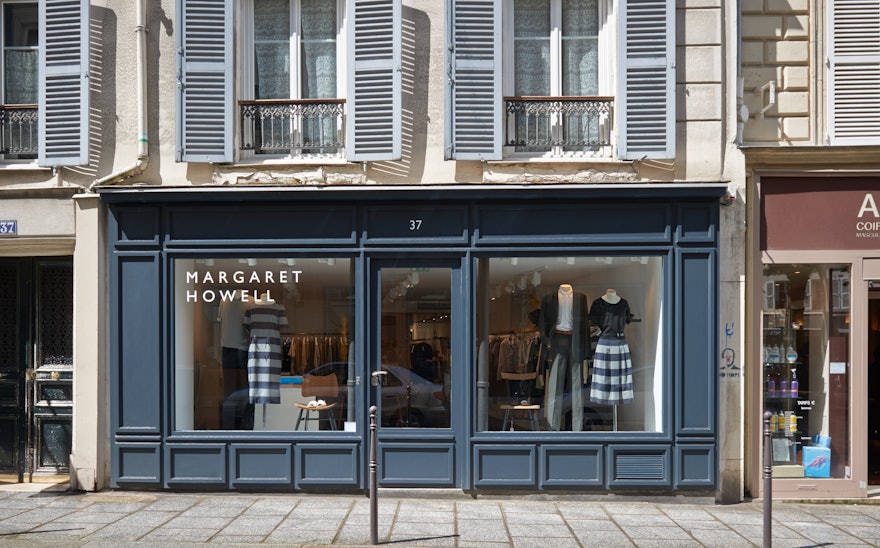Considered the ultimate in musical and theatrical art, opera brings together an intricate and sweeping score, elaborate costumes and scenery, and a gripping sense of drama to take audiences on an emotional journey. Essential to the experience is the stunning architecture of the world-famous opera houses where the productions are presented.
Photographer David Leventi documents over 40 of these grand spaces in Opera, a new book designed by Pentagram. Completed over a period of eight years, the project took Leventi to 19 countries to photograph landmark opera houses including The Metropolitan Opera in New York (the largest), the Real Teatro di San Carlo in Naples (the oldest), the Palais Garnier in Paris, La Scala in Milan, the Mariinsky Theater in St. Petersburg, Russia, and the Teatro Amazonas in Manaus, Brazil. The publication of Opera, out now from Damiani, coincided with an exhibition of the large-scale photographs at Rick Wester Fine Art in New York.
In his artist statement about the project, Leventi says: “The actual performance is just a part of the overall awe-inspiring experience of going to the theater—I believe that the space itself can be the event.”
Leventi is a New York-based architectural photographer who previously collaborated with Pentagram's campaigns for Five Franklin Place and The Printing House, where he documented the neighborhoods around the residential developments in Tribeca and the West Village.
To showcase the unique beauty of each landmark in Opera, Leventi photographed the interiors from a consistent, symmetrical viewpoint, so the similarities and differences stand out. Audiences are accustomed to focusing on what is going on onstage. These photographs give the viewer an idea of what it’s like to see the house from the opposite perspective—from the center of the stage, out over the orchestra and facing the rows of seats. (In his foreword to the book, the legendary tenor Plácido Domingo notes that performers call the view “in the wolf’s mouth": “We feel that we could be in the jaws of some gigantic beast with multiple rows of teeth, hoping that it will treat us kindly.”)
The book design captures this grandeur in an oversized format of 11 ¼ by 14 inches. The bookjacket pictures the trompe l’oeil red curtains at the Palais Garnier in Paris, with no cover typography. Inside, the progression of opening title pages leads up to the portfolio, dramatically announced with the single word "opera" appearing embossed in gold on a single page of red. The simple, straightforward layout of the book puts the spotlight on Leventi’s photographs and the interior of each opera house. The volume closes with a section of architectural notes on each landmark, written by historian (and frequent Pentagram collaborator) Thomas Mellins. Title typography is set in the sharply serifed Beaufort, designed by Nick Shinn; text is set in Superior by Jeremy Mickel.
In his foreword, Domingo writes: “David has traveled the world, capturing the essence of these great temples of musical art and has created what is a work of art in its own right—a labor of love by someone who has not only a photographer’s expert eyes but also the ears of a true music lover.”

